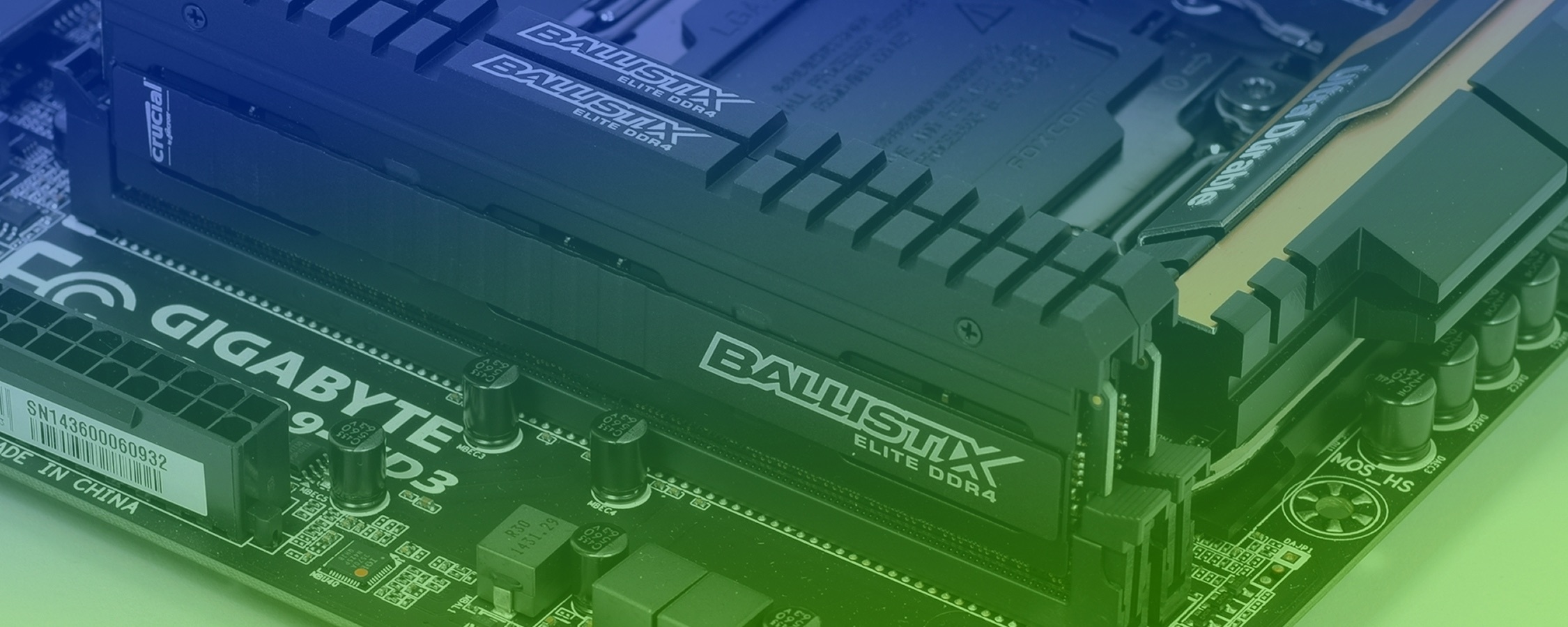Simulated Application Performance
The Standard Performance Evaluation Corporation's SPECwpc V1.2 benchmark doesn't feature many tests that are relevant for the average user, but it's one of the few benchmark programs that we have which occasionally exceeds 8GB of memory. We have handpicked a few of the more memory intense application tests, though note some of them don't exceed 8GB of memory.
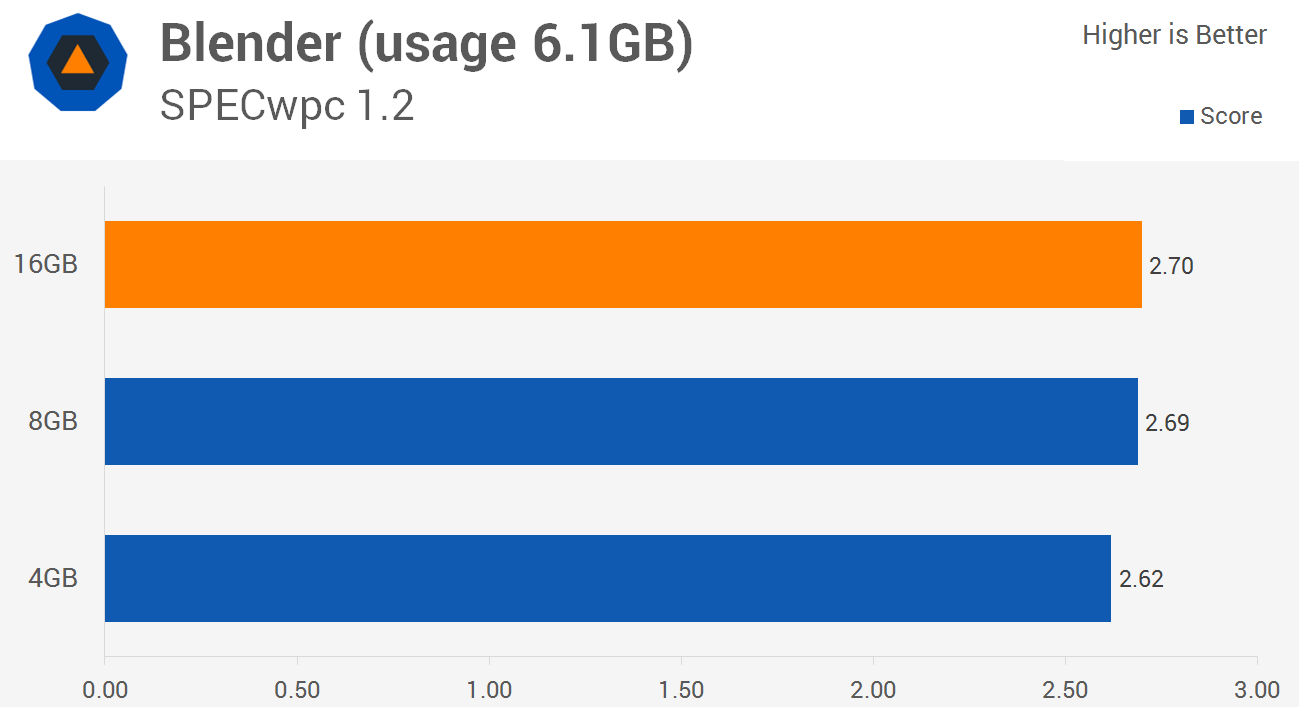
Blender is free/open source 3D creation software which is commonly used by professionals all around the world. Unfortunately while it can be a heavy user of RAM the SPECwpc test only pushed the entire system usage to 6.1GB, so it isn't ideal for looking at the difference between 8GB and 16GB of RAM. That said, we didn't see a significant drop off when using just 4GB of memory either.
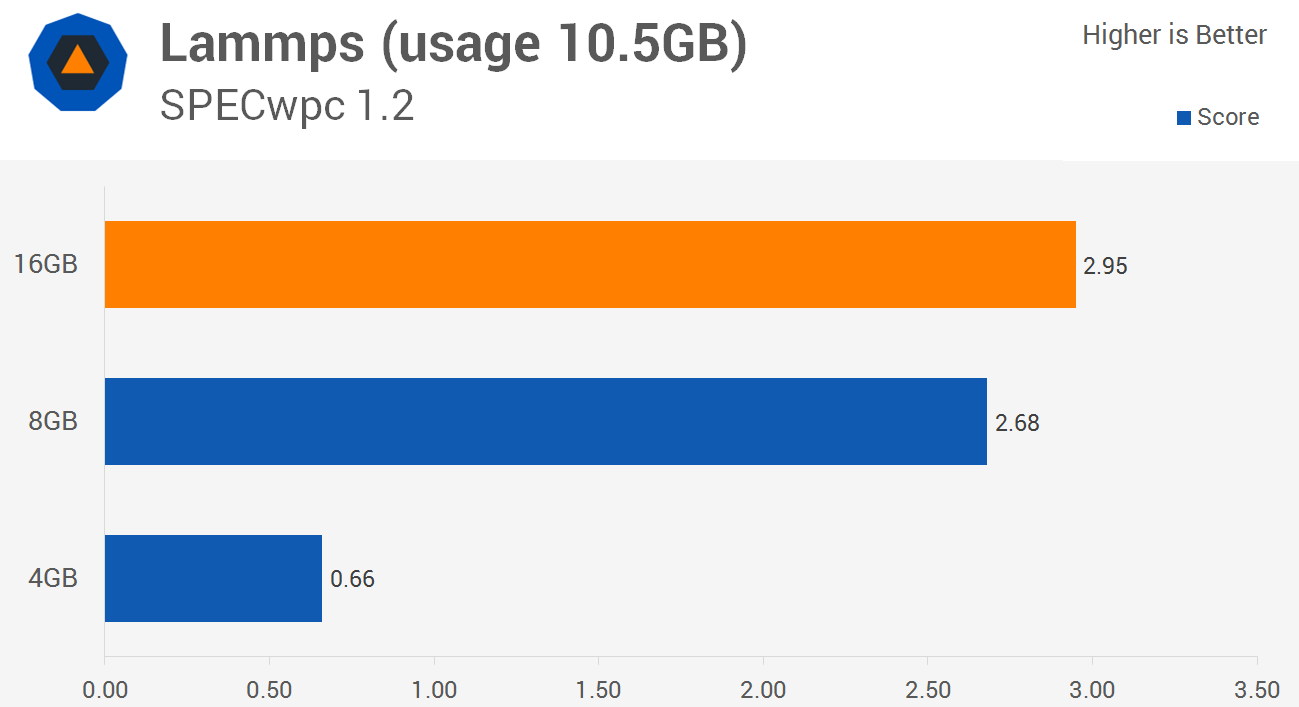
Large-scale Atomic/Molecular Massively Parallel Simulator (LAMMPS) is a classical molecular dynamics code that is distributed under open source GPL terms. The LAMMPS Molecular Dynamics Simulator test did see system memory usage reach 10.5GB in the SPECwpc test, so it is ideal for looking at the difference between 8GB and 16GB of memory.
Here we see that performance was improved by 10%, which isn't a significant difference, though we are only exceeding the 8GB memory capacity by 31%. A much larger deficit can be seen when comparing 4GB to 8GB, as the larger memory capacity offered 306% more performance.
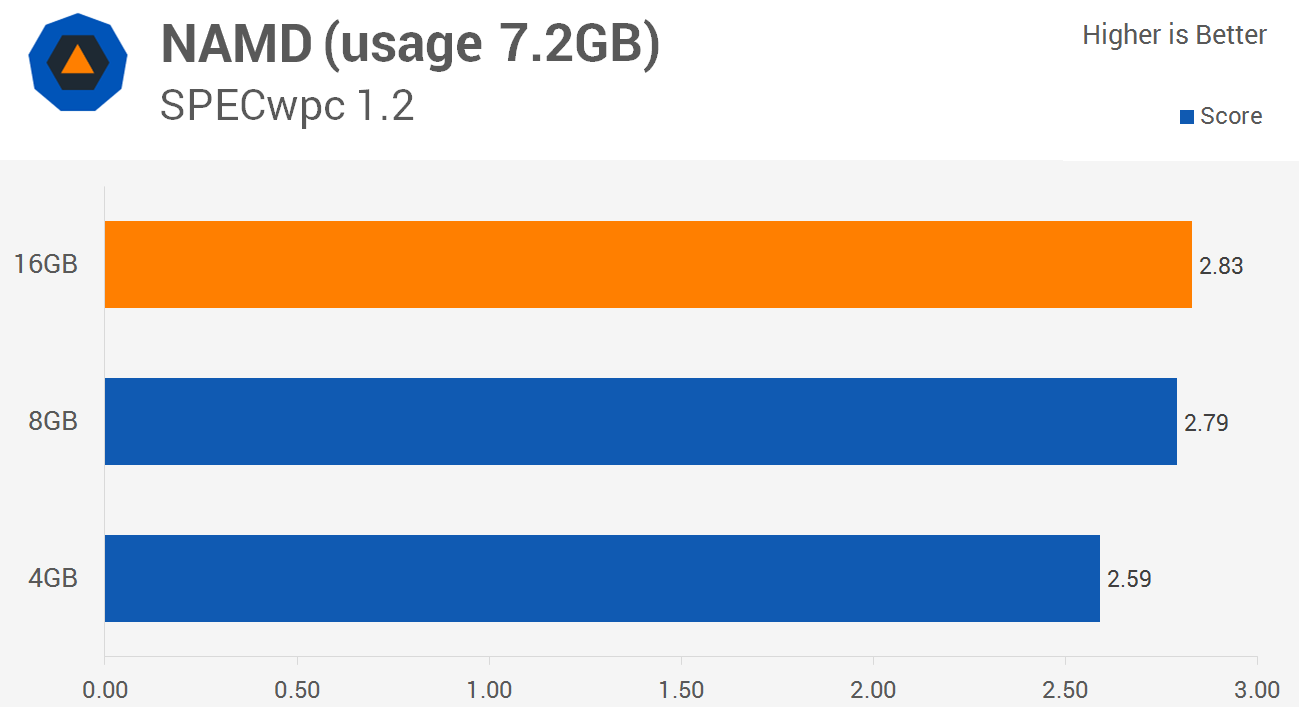
NAMD is another molecular dynamics application designed for high-performance simulation of large biomolecular systems. The workload pushed system memory usage to 7.2GB, which wasn't enough to overwhelm 8GB of memory and in fact the 16GB configuration wasn't even 10% faster than the 4GB configuration.
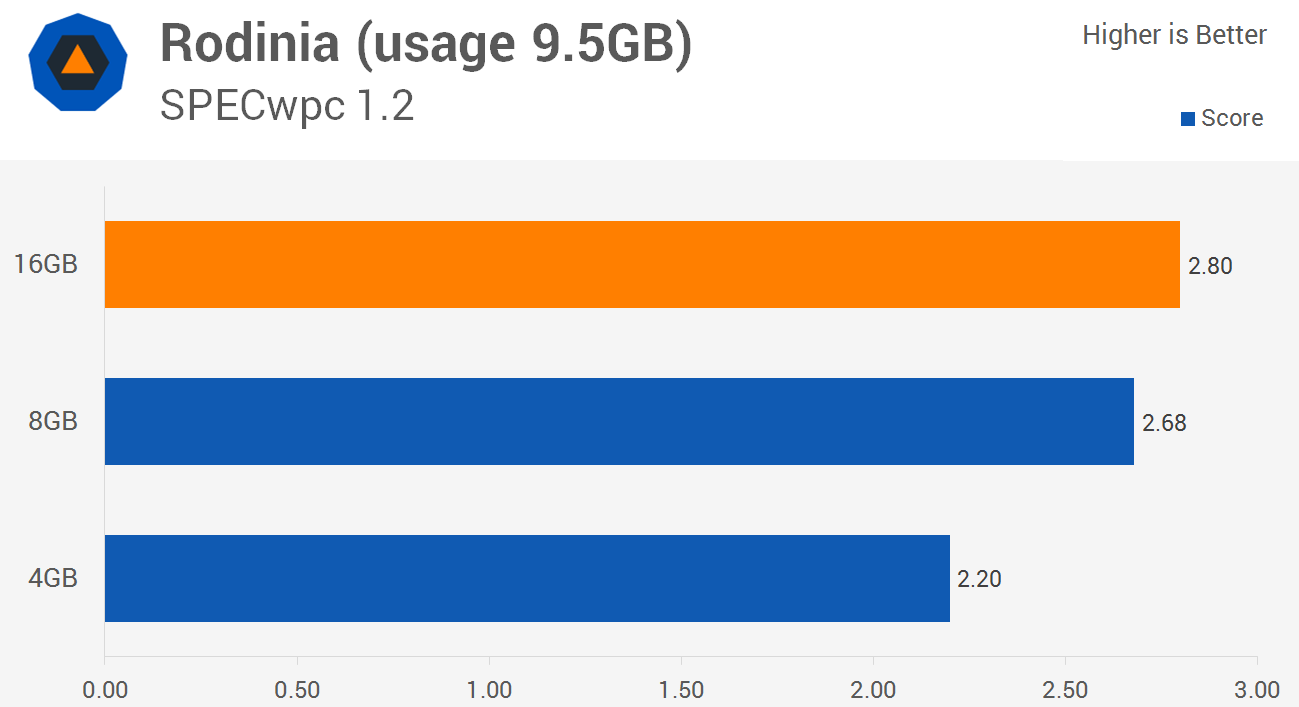
SPECwpc categorizes Rodinia as a product development benchmark. Rodinia is designed to help architects study emerging platforms such as GPUs (Graphics Processing Units), Rodinia includes applications and kernels which target multi-core CPU and GPU platforms.
Rodinia was included because it pushed system memory usage to 9.5GB, but despite exceeding 8GB of memory being used, the 16GB configuration was just 4% faster.
